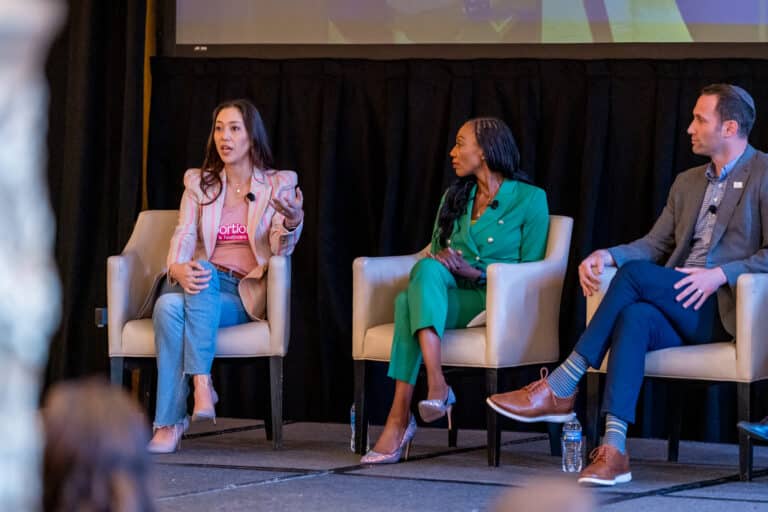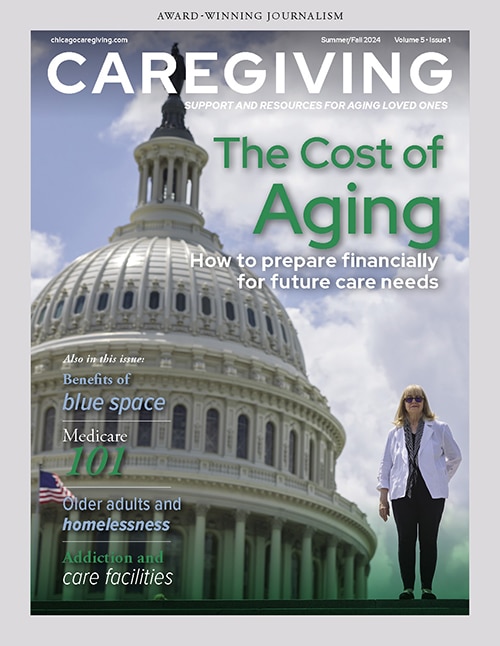By Heidi Godman
Harvard Health Blog
When kids pack for summer camp or other time outdoors, sunglasses aren’t always at the top of the supply list. I made them a priority for my 12-year-old son, Carson, as he prepared to start rowing camp in Florida, for two reasons:
1. Our eyes are most vulnerable to the sun’s ultraviolet rays in our teens, 20s, and 30s, although the damage usually doesn’t show up until later in life.
2. The sun’s rays are especially intense near reflective surfaces.
“If you spend time near the water, the beach, or snow, the sunlight bounces off of those surfaces and right into the eyes,” explained Dr. Louis Pasquale, an ophthalmologist at Harvard-affiliated Massachusetts Eye and Ear Infirmary in Boston.
The ultraviolet rays in sunlight can damage the eyes. However, experts don’t know exactly how UV rays harm the eyes, and some even debate whether sunlight directly causes common eye conditions such as cataracts, glaucoma, and age-related macular degeneration, according to Dr. Pasquale. Cataracts are a clouding of the eye’s lens, which makes vision blurry.
Glaucoma is an increase in pressure inside the eye, which can damage the optic nerve and lead to blindness. Age-related macular degeneration gradually destroys the macula, the part of the eye that provides sharp central vision.
But there’s good evidence that sun exposure can cause exfoliation syndrome, which, in turn, can lead to vision problems. Exfoliation syndrome involves the production of tiny dandruff-like flakes inside the eyes. As they build up, these flakes can clog the eyes’ natural drains, which can lead to other problems.
Worldwide, exfoliation syndrome is the most common identifiable cause of secondary open-angle glaucoma and secondary closed-angle glaucoma. Exfoliation syndrome is also linked to cataracts and possibly to macular degeneration.
“Research has shown that women between ages 15 and 24 who spend 10 hours a week in the sun seem to have a twofold risk of exfoliation syndrome compared with people who spend two or three hours a week in the sun,” says Dr. Pasquale.
Use sunglasses for protection
Protecting your eyes from the sun’s damaging rays is a good strategy at any age. You don’t have to spend a bundle to get a good pair of sunglasses. But you do need to know what to look for in lenses. The most important factor is protection against ultraviolet rays, both UVA and UVB. You’ll want 95 percent to 100 percent blockage. Also look for polarized lenses, which reduce the glare from water, sand, and snow.
Buyer beware: Manufacturers aren’t required to disclose or guarantee UV protection.
“You can’t be certain that an inexpensive pair of sunglasses from the drugstore will really provide protection, even if it promises blockage on the label,” says Thomas Merrill, an optician at Massachusetts Eye and Ear Infirmary. He recommends going to an optical store where you can get guidance that will help you select a good-quality product.
Even if you don’t need a pair of prescription sunglasses, you can always benefit from expert advice, especially if you already have eye damage.
If you wear prescription eyeglasses and don’t want to buy prescription sunglasses, you can buy sunglasses that fit over your regular glasses.
“This gives you protection from the top and sides, and it’s more comfortable for your eyes, especially if you’re on the water,” says Merrill. A pair of these usually runs about $50.
Add early detection
In addition to protecting your eyes from ultraviolet light, another way to stop cataracts, glaucoma, and macular degeneration from robbing you of your vision is to discover these conditions before they cause trouble. You can do that with a comprehensive eye exam. That involves dilating the eyes to open the pupils so a clinician can examine the back of the eye at the retina. He or she will also check the pressure in your eyes, look at their structure and muscle function, and correct vision problems if necessary.
The American Academy of Ophthalmology recommends comprehensive eye exams every two to four years for people ages 40 to 55, every one to three years for people ages 55 to 65, and every one to two years for people ages 65 and older. People with risk factors for eye problems — individuals with diabetes, for example — may need more frequent eye exams.
Younger adults need comprehensive eye exams less frequently — at least once between the ages of 20 and 29, and at least twice between the ages of 30 and 39. Children and teens should have their eyes screened every one to two years by their family physician, and visit an ophthalmologist if they need further evaluation.
Protecting youthful eyes
Carson agreed that he needed sunglasses — especially a pair that looked cool. We went on the hunt for sport sunglasses with UV protection, which we found pretty quickly. They didn’t break the bank and gave me some peace of mind that my son’s eyes would be protected as he skims across the water.
(Heidi Godman is Executive Editor of the Harvard Health Letter.)












